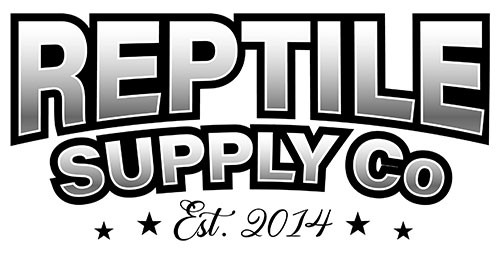No Products
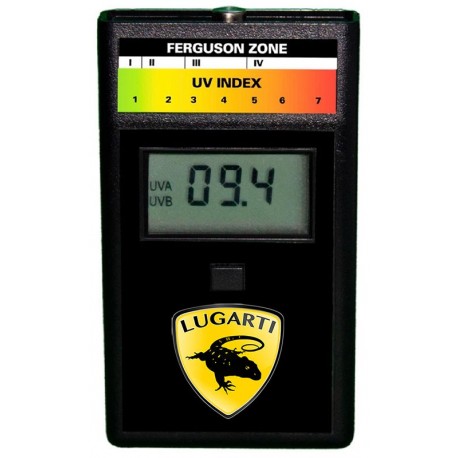 View Larger
View Larger Reptile UV Index Meter (Lugarti)
UV-MTR
Lugarti's Reptile UV Index Meter allows you to measure your light's ability to produce vitamin D3 and determine the appropriate exposure for your animal. It offers the convenience of a single button and a handy Ferguson Zone chart right on the front.
This product is currently out of stock.
More info
Lugarti's Reptile UV Index Meter allows you to measure your light's ability to produce vitamin D3 and determine the appropriate exposure for your animal. It offers the convenience of a single button and a handy Ferguson Zone chart right on the front.
FEATURES:
- Spectral Response Erythemally Weighted to Match Vitamin-D Action Spectrum in Reptiles
- Ferguson Zone Chart On Meter Front Panel For Easy Reference
- Compact, Handheld, and Durable
- Simple Single-Button Operation
- NIST Traceable Accuracy
- LCD Display
- Made In USA
APPLICATIONS:
- Measures UV Irradiance In The Wavelengths That Enable Vitamin D3 Synthesis in Reptiles
- Monitors Instantaneous UV Index
- Allows UV Index Tracking Over Time
HOW DOES THE UV INDEX APPLY TO REPTILES?
The UV Index was developed as a tool for evaluating human risk of UV exposure outdoors. So how do we use it to evaluate UV lamps designed for use with reptiles in terrariums? This question was approached scientifically by a team of researchers led by the prominent herpetologist; Gary Ferguson, Ph.D. In their study, they took UV Index readings throughout the day in locations where they observed different species basking outdoors in sunlight or living in the shade. Using these UV Index readings, they were able to make recommendations for appropriate UV levels by creating four different UV Index “zones.” These zones were named the “Ferguson Zones” by Frances Baines (one of the authors and noted reptile photobiologist).
WHICH ZONE IS RIGHT FOR MY SPECIES?
Zone 1: UVI 0.4 to 0.7 (Shade/Crepuscular) Species in this zone can be either diurnal (active during the day) or crepuscular (active at dawn or dusk). They avoid direct sunlight exposure and are able to meet their vitamin D requirements through exposure to low levels of UVB typically found in the shade, or at dawn or dusk.
Zone 2: UVI 0.7 to 1.0 (Mostly partial sun/Occasional full sun baskers) This is a small range that is very close to Zone 1, but species in this zone will occasionally venture out into full sunlight for short periods of time. Examples include Green Anoles (Anolis carolinensis), Water Dragons (Physignathus cocincinus), Day Geckos (Phelsuma species), Skinks, Box Turtles (Terrapene species), Garter and Ribbon Snakes (Thamnophis species) and most species of diurnal Colubrid snakes (like Kings Snakes and Gopher Snakes). This zone is also recommended for Old World Chameleons (Panther Chameleons, Jackson’s Chameleons, and other Chameleo species). If you’re unsure what the appropriate zone is for a given species, Zone 2 can be used as a safe and effective level that will prevent the onset of metabolic bone disease or nutritional secondary hyperparathyroidism (NSHP).
Zone 3: UVI 1.0 to 2.6 (Mostly full sun/Occasional partial sun baskers) Zone 3 covers a fairly broad range and includes many species common to herpetoculture. These temperate, tropical, and sub-tropical species will bask in full sun early in the day or early afternoon. During mid day, they may be found basking when conditions are partly cloudy. This zone is appropriate for most species of aquatic turtles and tortoises. Many of the small spiny lizards of the genus Sceloporus fall into this zone, Monitors and Tegus, as well as Green Iguanas (Iguana iguana) and Curly-tailed Lizards of the genus Leiocephalus. With zone 3 and above, it is VERY IMPORTANT to provide a UVB gradient down to zone 1 UVB levels so that reptiles can “photoregulate” and adjust their UVB exposure as needed. Failure to provide a UVB gradient can result in illness, eye & skin damage, or even death.
Zone 4: UVI 2.6 to 3.5 or more (Mid day full sun baskers) Zone 4 species would include the majority of “desert” species that bask in full sunlight, even after Zone 3 species have retreated into burrows or the shade. Examples include Bearded Dragons (Pogona vitticeps), Uromastyx lizards, and Desert Iguanas (Dipsosaurus dorsalis). IMPORTANT: Just as with zone 3, it is critical that the habitat is large enough to provide a UVB gradient down to zone 1 levels to allow reptiles to photoregulate and adjust their UVB exposure. Failure to provide a UVB gradient can result in illness, eye & skin damage, or even death. Avoid UVI levels of 8.0 or more for zone 4 species as even the most sun-loving species retreat from full sunlight at these high levels (see lamp safety notes below for more info).
Customers who bought this product also bought:
-
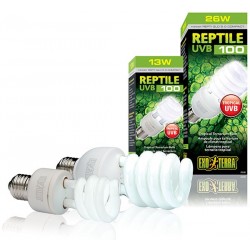
Reptile UVB...
The Exo Terra Reptile UVB100 emits optimal...
$27.99
-
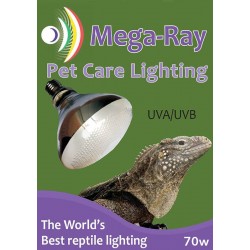
Mega-Ray -...
Mega Ray provides the necessary UVB, UVA and...
$44.99
-
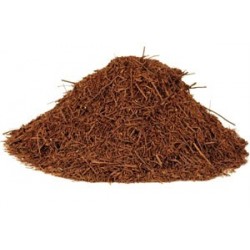
Tree Fern...
Tree Fern Fiber makes a great addition to...
$13.99
-
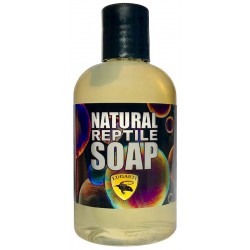
Natural...
Lugarti's Natural Reptile Soap is unscented and...
$6.99
-
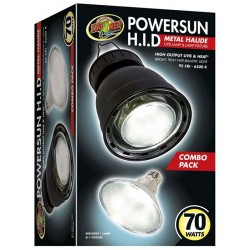
PowerSun...
The PowerSun® High Intensity Discharge (H.I.D.)...
$129.99
-
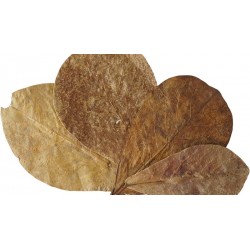
Indian...
Indian Almond Leaves (Terminalia catappa) are...
$0.55

